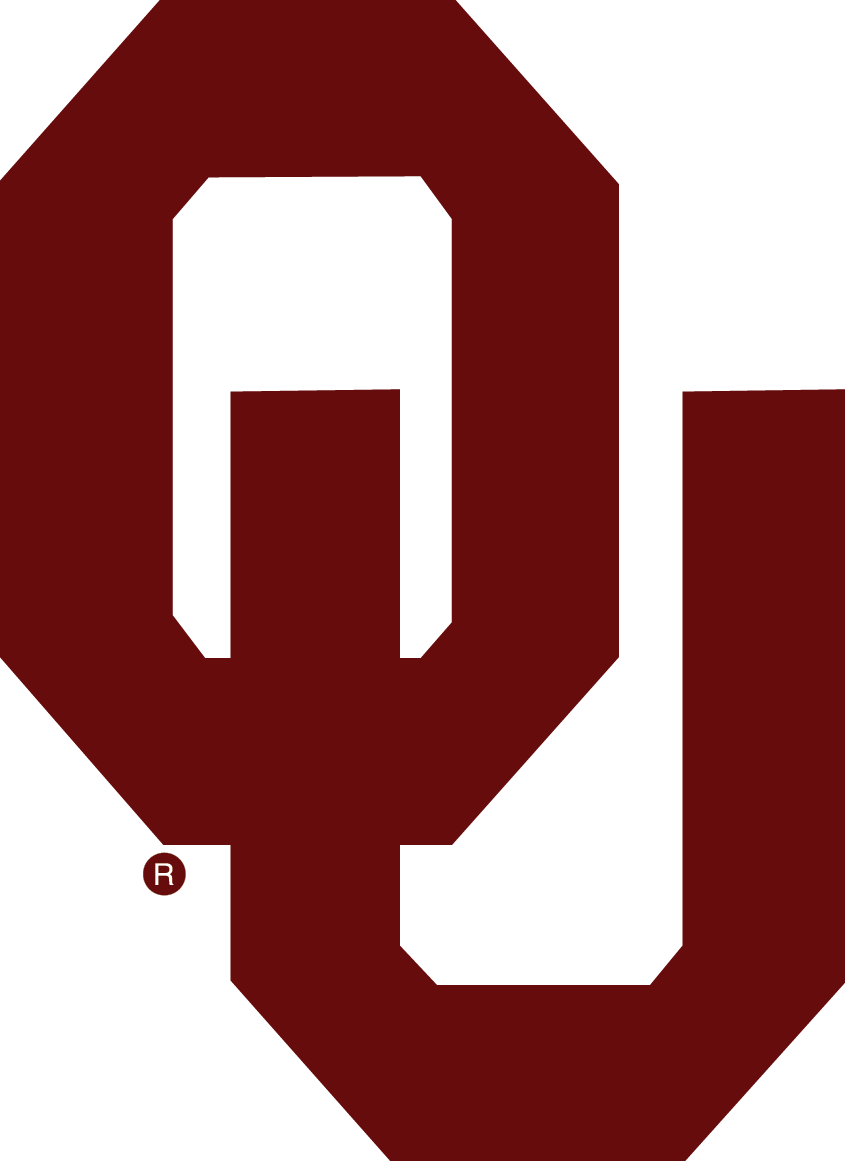The Health and Safety Committee develops guidelines that provide the criteria for the treatment of immune-suppressed patients. These guidelines as well as clinic workflows can be found in axiUm Links in the Clinic Binder section.
CRITICAL LAB TEST VALUES - Results are only valid for 6 months from the lab result date. The patient will need to have new labs completed once the results are > 6 months old.
Complete Blood Count W or W/O Differential:
-
White Blood Cell: count <2000 consider premedication with an AHA regimen for invasive procedures or delay elective procedures
-
Absolute Neutrophil: (ANC) ≥750 - <1,000/cc-consider premed for invasive procedures to prevent any infection with the regimen.
-
Platelets:
-
≥50,000: no contraindications
-
>20,000 - <50,000: minor treatment including endodontic and restorative treatment
-
≤20,000: NO TREATMENT!
-
Hemoglobin: ≥ 8 g/dL
-
Blood Glucose: ≤ 200 mg/dL
CD4 Count – Considerations:
-
A normal CD4 count ranges from 500–1,500 cells/mm3.
-
Conventional wisdom says there is no level at which dental care cannot be done.
HIV-1 RNA Viral Load - Considerations:
-
Does not have an impact on dental treatment planning, modifications would be based on the critical lab values.
-
The viral load trends and is usually checked at 3- to 6-month intervals unless the patient is introduced to a new medication and then 2- to 8-weeks post-initial therapy.
-
Viral load and CD4 count have a strong association, as one goes up the other goes down.
INR- International Normalized Ratio (prothrombin time):
-
As with any patient taking blood thinners, an INR of 2.5-3.5 is ideal for most dental treatments. Full mouth extractions, periodontal surgery, etc. ~ 3.0 or physician consult.
-
If planning an invasive procedure, INR should be checked within 24 hours prior to the procedure.
Dental Device Considerations:
-
HIV/AIDS: ultrasonic scalers that generate aerosols are okay to use excluding no other respiratory complications i.e., COPD, TB, uncontrolled asthma. Evidence shows a reduced risk of potential exposure to the health care worker with an ultrasonic scaler VS traditional hand instruments that have blades. HIV/AIDS must have blood components for transmission.
-
Lasers and electro surge: Contraindicated with patients who present with herpes simplex virus in vesicular stage (HSV) and human papillomavirus (HPV). No evidence exists of aerosolization or inhalation with HIV or HBV. Follow all recommended precautions with lasers.
Follow Standard Precautions:
-
Use standard precautions when working with any patient; everyone is treated the same.
-
PPE: All required PPE used with blood and OPIMs for treatment, gown, mask, eyewear, and gloves
Good Clinical Judgment:
Use the above recommendations as general guidelines. This will ensure their safest and most efficient dental care.
References:
Maria Flores, DDS and Peter L. Jacobsen, Ph.D., DDS; Pacific Protocols for the Dental Management of Patients with HIV Disease, 2007
Little, James W, Falace, Donald A.; Dental Management of the Medically Compromised Patient 8th edition
www.hivdent.org
www.cdc.org

